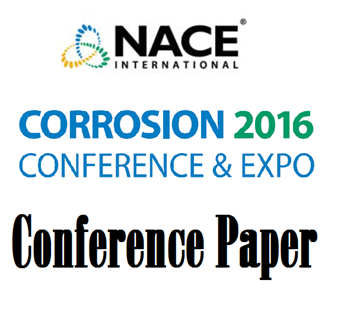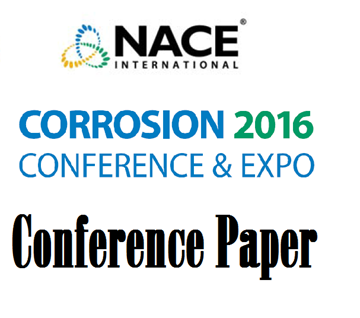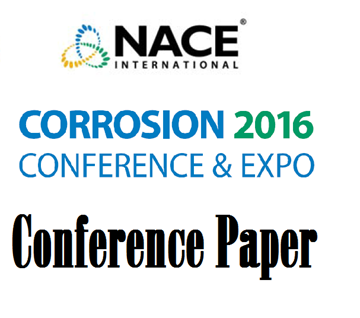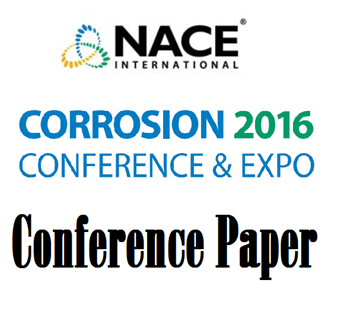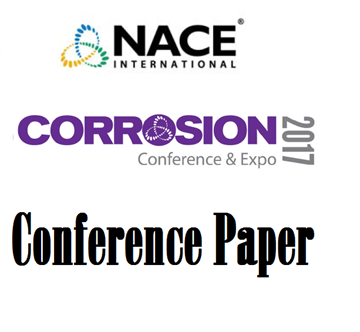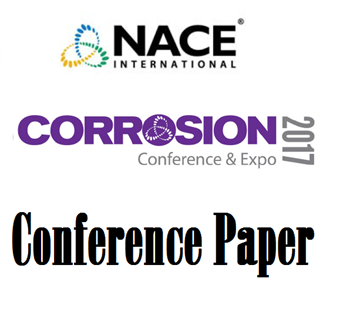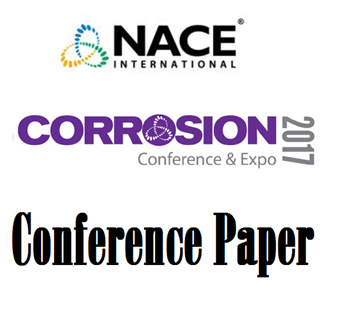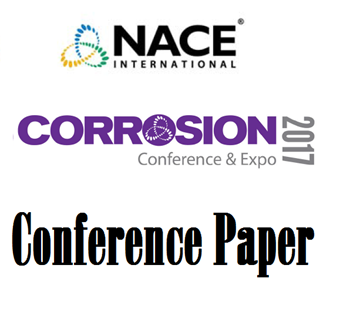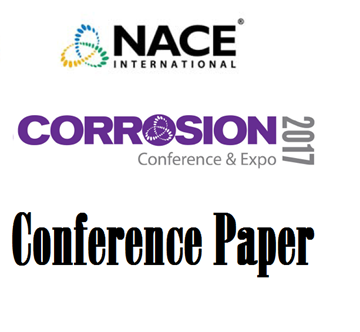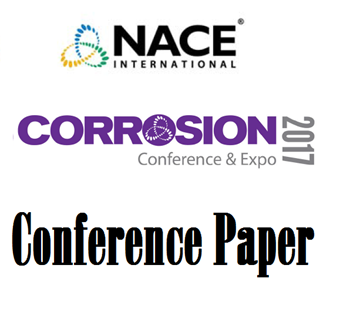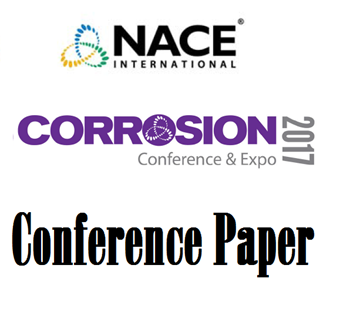Search
Science of Corrosion
View as
Sort by
Display
per page
51316-7347-Quantifying the Risk of MIC
Product Number:
51316-7347-SG
ISBN:
7347 2016 CP
Publication Date:
2016
$20.00
51316-7357-The Microbiologically Influenced Corrosion (MIC) Resistance Behavior of 2205 Cu-bearing Duplex Stainless Steel in the Presence of Aerobic Marine Pseudomonas Aeruginosa Biofilm
Product Number:
51316-7357-SG
ISBN:
7357 2016 CP
Publication Date:
2016
$20.00
51316-7361-Corrosion Behavior of Duplex Stainless Steel UNS 31803 in Artificial Geothermal Waters
Product Number:
51316-7361-SG
ISBN:
7361 2016 CP
Publication Date:
2016
$20.00
51316-7362-Interaction of H2S/CO2/O2 on Hydrogen Permeation of X70 Steel in Sour Humidity Corrosion Environment
Product Number:
51316-7362-SG
ISBN:
7362 2016 CP
Publication Date:
2016
$20.00
51316-7789-Mixtures Of Acid And Natural Substances With Low Environmental Impact In The Production Of Anodized
Product Number:
51316-7789-SG
ISBN:
7789 2016 CP
Publication Date:
2016
$20.00
51317-9006-OXIDATION AND CARBURIZATION OF ALLOYS EXPOSED TO IMPURE SUPERCRITICAL CO2
Product Number:
51317-9006-SG
Publication Date:
2017
$20.00
51317-9356-Electrochemical characterization of metstable austenitic stainless steels to illustrate the influence of grinding parameters on the corrosion resistance
Product Number:
51317-9356-SG
Publication Date:
2017
$20.00
51317-9363-Surface Chemistry of Iron Sulfide Scale and its Influence on Corrosion occurring underneath
Product Number:
51317-9363-SG
Publication Date:
2017
$20.00
51317-9396-Assessment of Coupled Multi-Electrode Array Technique for Monitoring Corrosion Performance of a Martensitic Stainless Steel under Salt-fog environments
Product Number:
51317-9396-SG
ISBN:
9396 2017 CP
Publication Date:
2017
$20.00
51317-9478-Long-Term Oxidation Performance of High-Temperature Alloys in the Presence of Water Vapor
Product Number:
51317-9478-SG
ISBN:
9478 2017 CP
Publication Date:
2017
$20.00
51317--9483-DNA Based Diversity Analysis of Microorganisms in Industrial Cooling Towers
Product Number:
51317--9483-SG
ISBN:
9483 2017 CP
Publication Date:
2017
$20.00
51317--9489-Stochastic Modeling of Non-Uniform Corrosion of Carbon and Low Alloy Steel during Chemical Cleaning
Product Number:
51317--9489-SG
ISBN:
9489 2017 CP
Publication Date:
2017
$20.00

